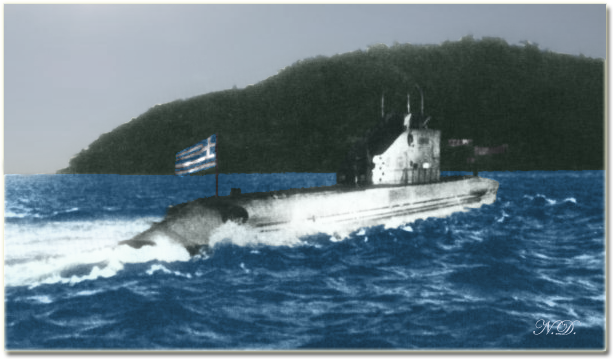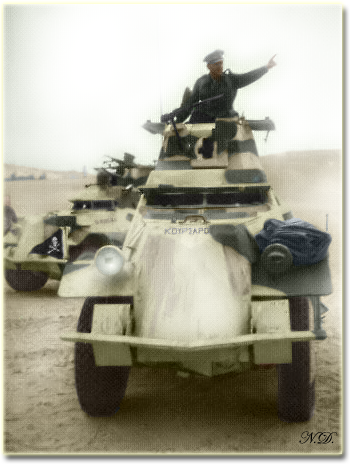 The Greeks were given a small number of Marmon-Herrington I armoured cars that participated in the defence against the Germans. Later, the Greek army in the Middle East received two Marmon-Herrington III armoured cars, and several more, of the IVf type, after the liberation in 1944. IV was a complete redesign. It had a monocoque hull, had its engine mounted at the rear, not the front, and had a larger, two-man, turret, in place of the original one-man turret. Some IVfs remained in service until the 1990s.
The Greeks were given a small number of Marmon-Herrington I armoured cars that participated in the defence against the Germans. Later, the Greek army in the Middle East received two Marmon-Herrington III armoured cars, and several more, of the IVf type, after the liberation in 1944. IV was a complete redesign. It had a monocoque hull, had its engine mounted at the rear, not the front, and had a larger, two-man, turret, in place of the original one-man turret. Some IVfs remained in service until the 1990s. I recorded this video during the Bovington Tank Fest of June 27, 2010. It's a Marmon Herrington IV which was given to Greece after World War II, probably during the Civil War:
I recorded this video during the Bovington Tank Fest of June 27, 2010. It's a Marmon Herrington IV which was given to Greece after World War II, probably during the Civil War:Operational History
1945-1949 - During the Greek civil war, IVF armoured cars have their mechanical parts removed and are placed on flat wagons to protect trains.
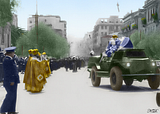 1974 - At the time of the Turkish invasion of Cyprus, the Cypriot army has 45 Marmon Herringtons.
1974 - At the time of the Turkish invasion of Cyprus, the Cypriot army has 45 Marmon Herringtons.
1990s - The Greek army is still using Marmon Herringtons in mechanised infantry battalions in the Aegean Islands.
Specifications
Marmon Herrington Mk.II/III armoured car
Crew: 4
Weight: 6 tons
Length: 5.31 m
Height: 2.49 m
Width: (II) 1.98m / (III) 2.29 m
Armour: 12 mm
Engine: 8-cylinder Ford petrol. 85 hp
Speed: 80 km/h
Operational Range: (on-road) 322 km, (off-road 193 km)
Armament: 1x 0.55" Boys Anti Tank rifle, 1x 7.92mm Bren MG, 1x 7.7mm vickers AA MG
Marmon Herrington Mk.IVF armoured car
Crew: 4
Weight: 6.4 tonnes
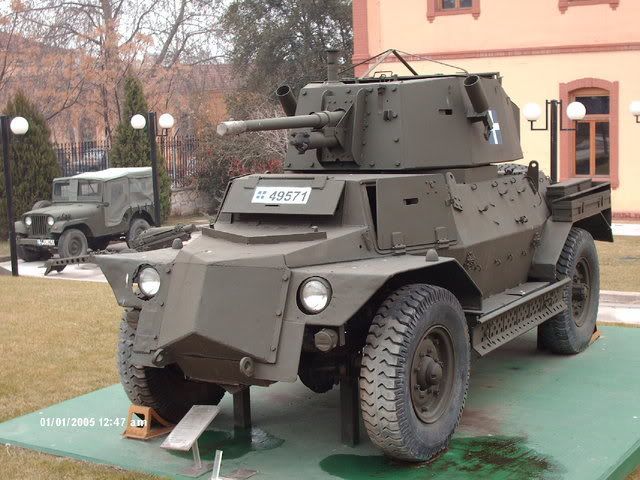 Length: 5.51 m
Length: 5.51 m
Height: 2.29 m
Width: 1.83 m
Armour: 20 mm
Engine: 8-cylinder Ford V90 petrol. 95 hp (71 kW), 3600 rpm
Speed: 80 km/h
Operational Range: (on-road) 322 km, (off-road 193 km)
Armament: 1x 40mm QF 2-pdr, 2x 7.92mm Browning MG
For gamers and game designers
Being one of their few modern armoured vehicles, the Marmon Herrington was invaluable to the Greek forces.
For modellers
A Marmon-Herrington IV from the Army's Grove in Goudi, Athens. Photos by Xristos of modelclub.gr:

A scale model of the Marmon-Herrington from the War Museum in Athens.
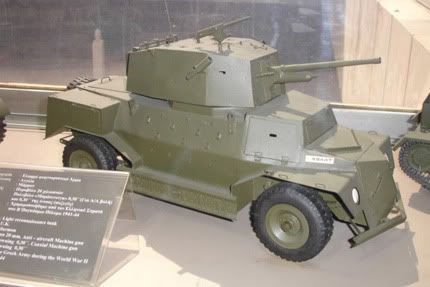
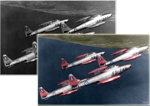
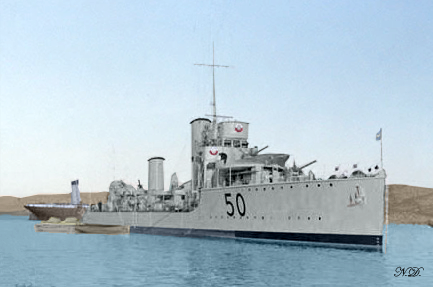
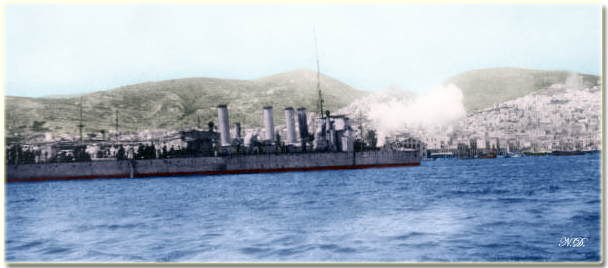
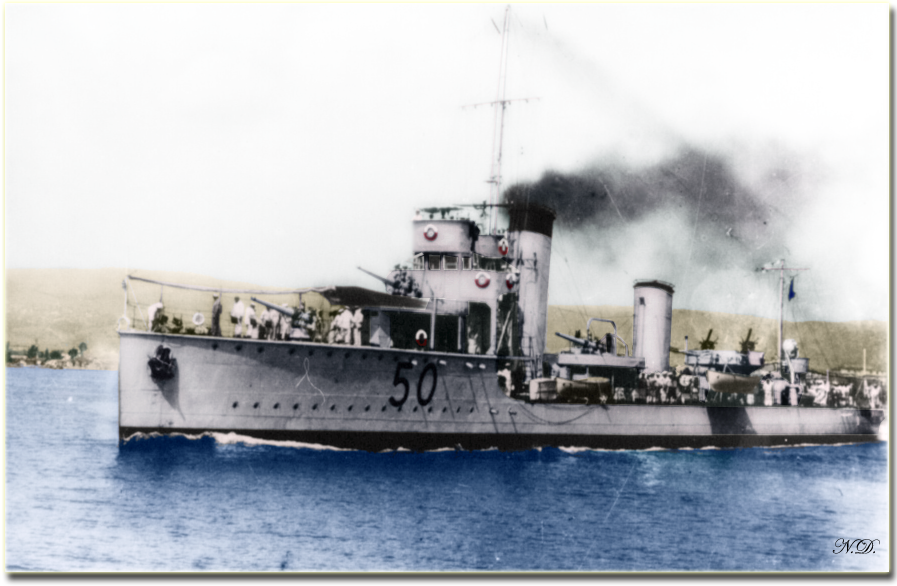
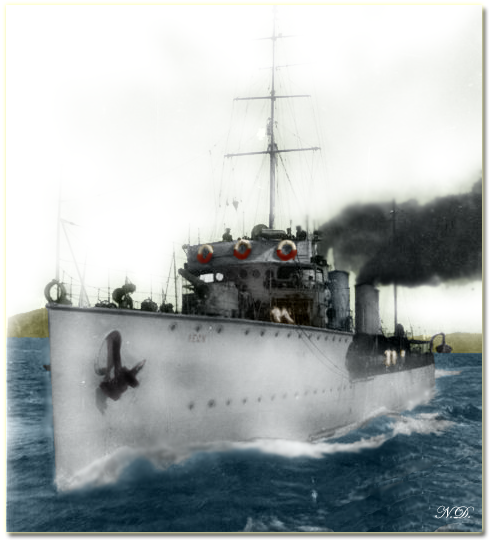

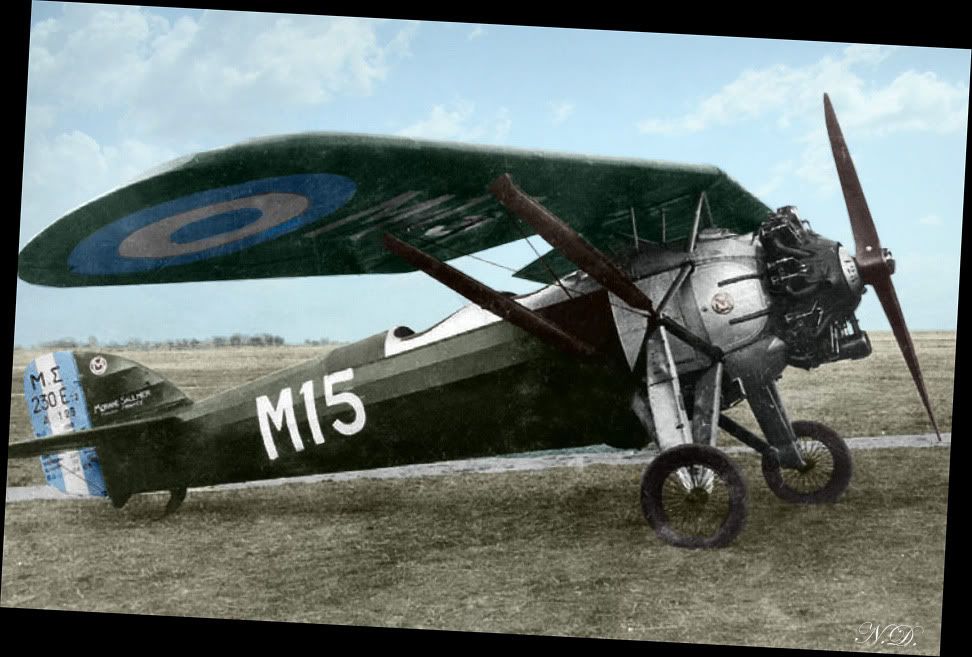
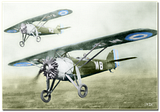
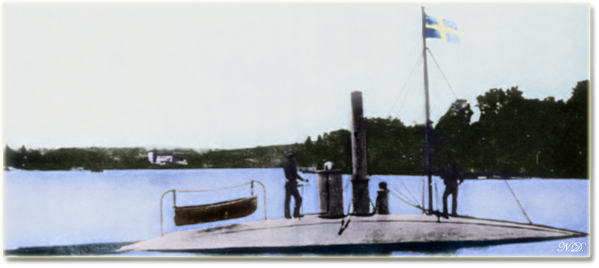

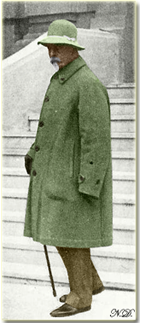 In practice, the Greek Nordenfelt I was a complete waste of money that was left to rot for 15 years before it was scrapped. The Turkish and Russian Nordenfelts were not more successful. One of the Turkish ones sank when it attempted to fire a torpedo and one of the Russian ones sank on the way to Russia when it was purchased. From then on, the Greek government was very cautious with submarines and did not try to buy another one until 1911.
In practice, the Greek Nordenfelt I was a complete waste of money that was left to rot for 15 years before it was scrapped. The Turkish and Russian Nordenfelts were not more successful. One of the Turkish ones sank when it attempted to fire a torpedo and one of the Russian ones sank on the way to Russia when it was purchased. From then on, the Greek government was very cautious with submarines and did not try to buy another one until 1911. 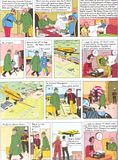
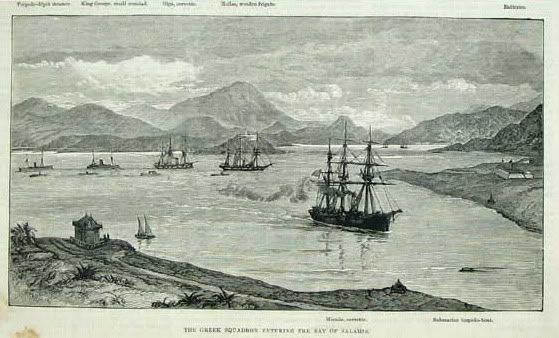

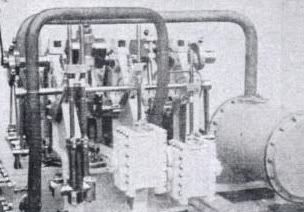

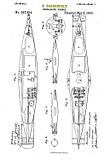

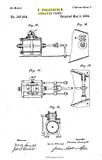
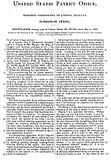
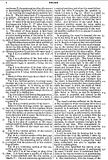

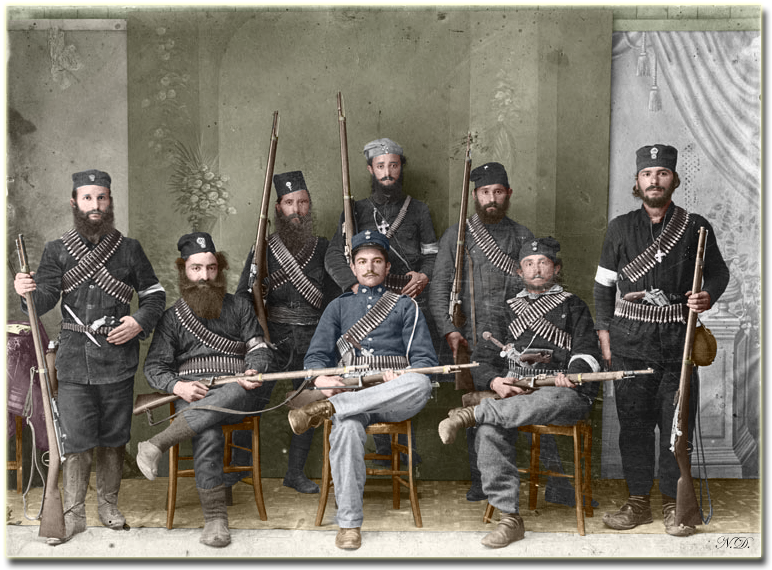
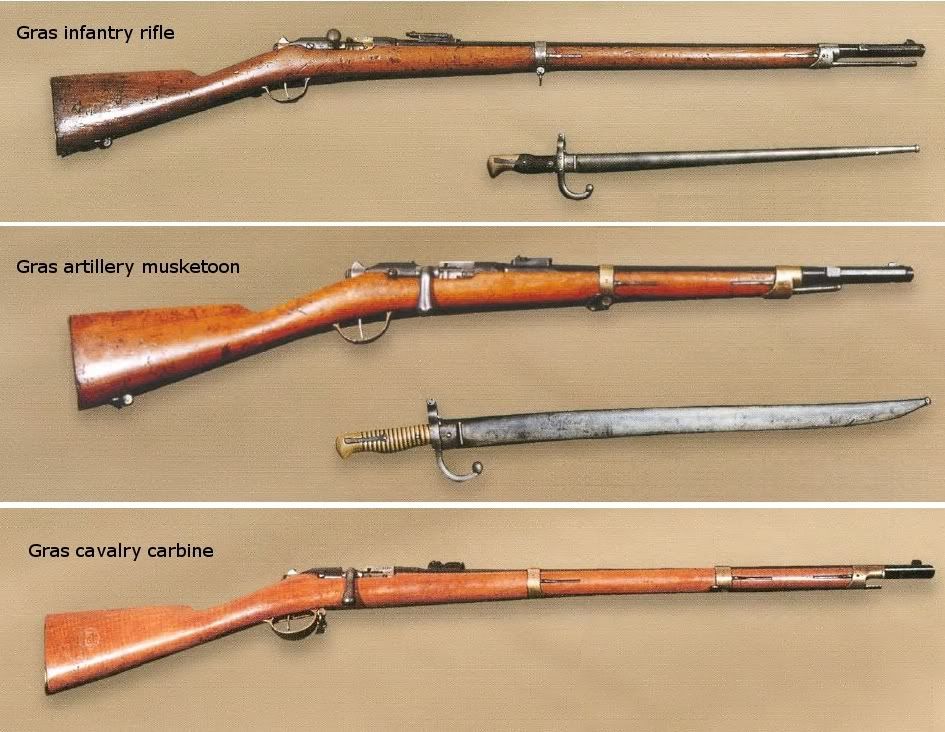
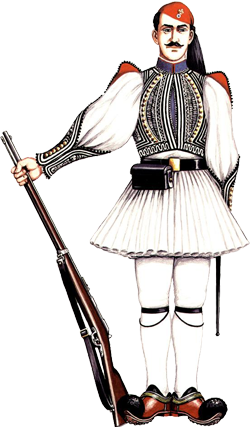

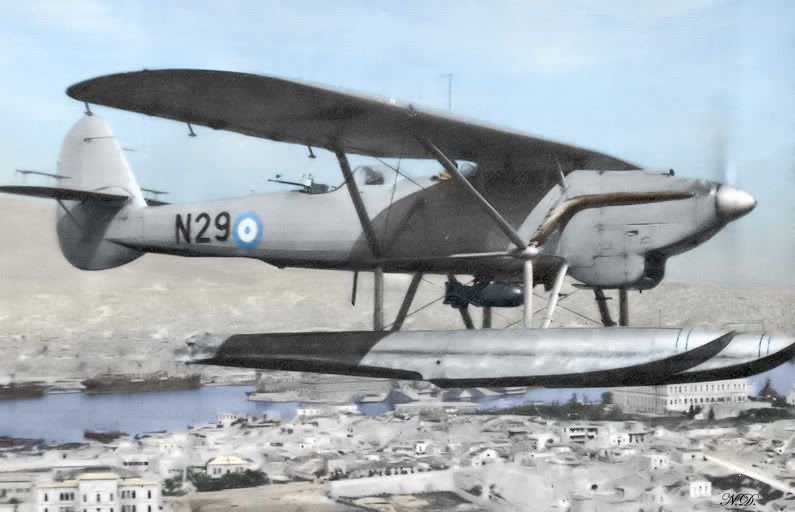
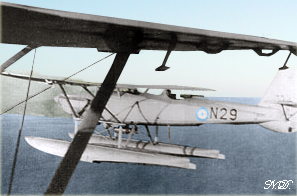
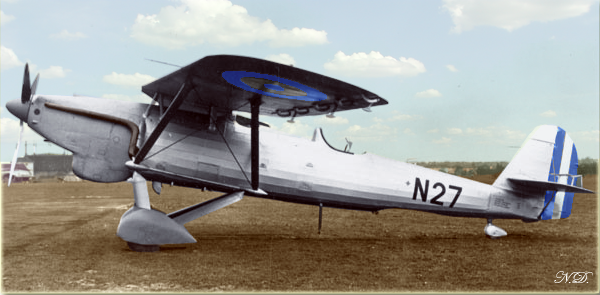

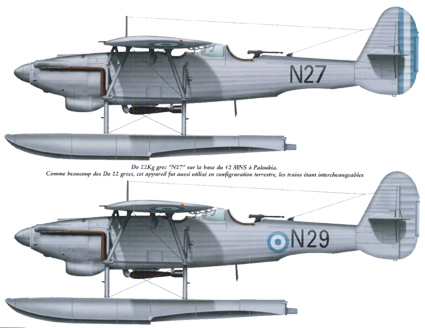
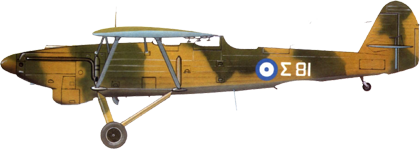
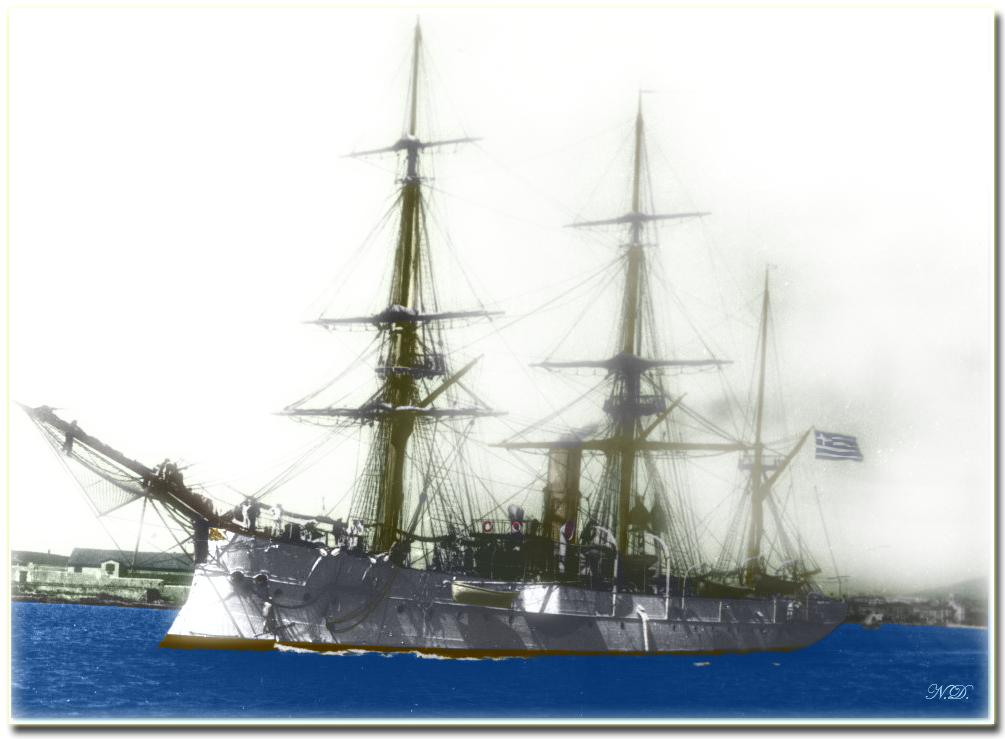
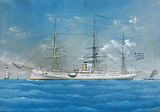

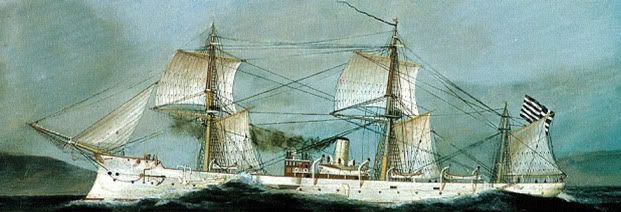

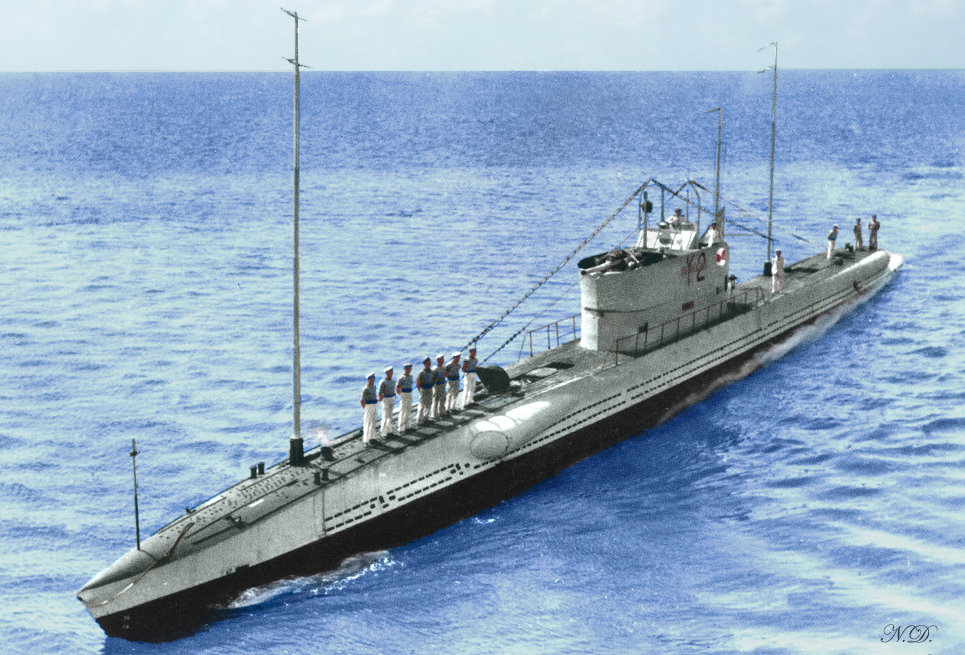
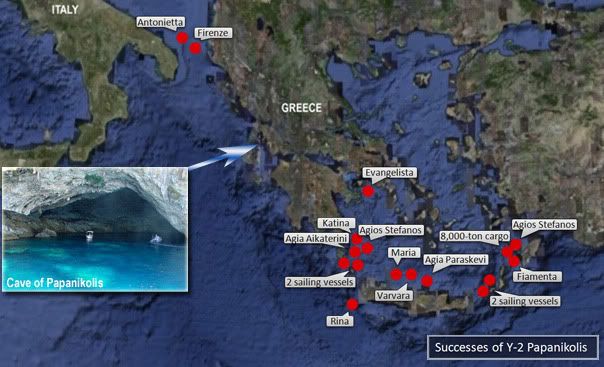



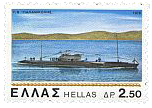 1945 - Papanikolis is decommissioned. Hull is sold for scrap. Conning tower is preserved (initially at the Submarine Naval Base and currently at the Hellenic Maritime Museum, Piraeus)
1945 - Papanikolis is decommissioned. Hull is sold for scrap. Conning tower is preserved (initially at the Submarine Naval Base and currently at the Hellenic Maritime Museum, Piraeus) 